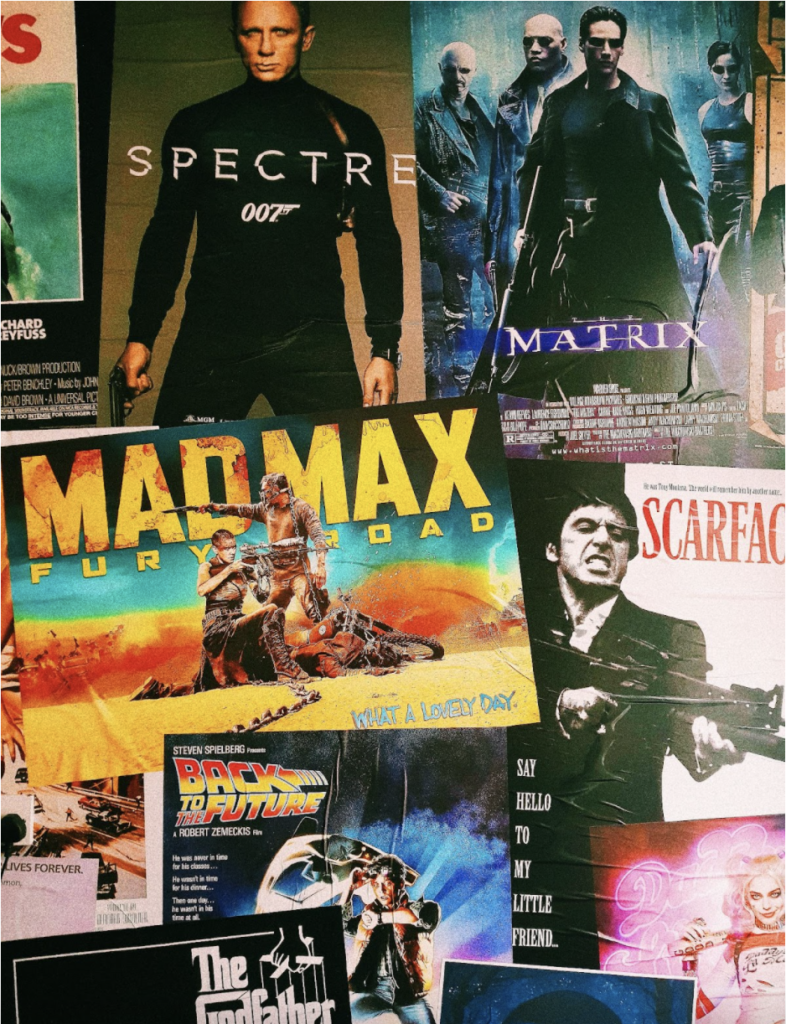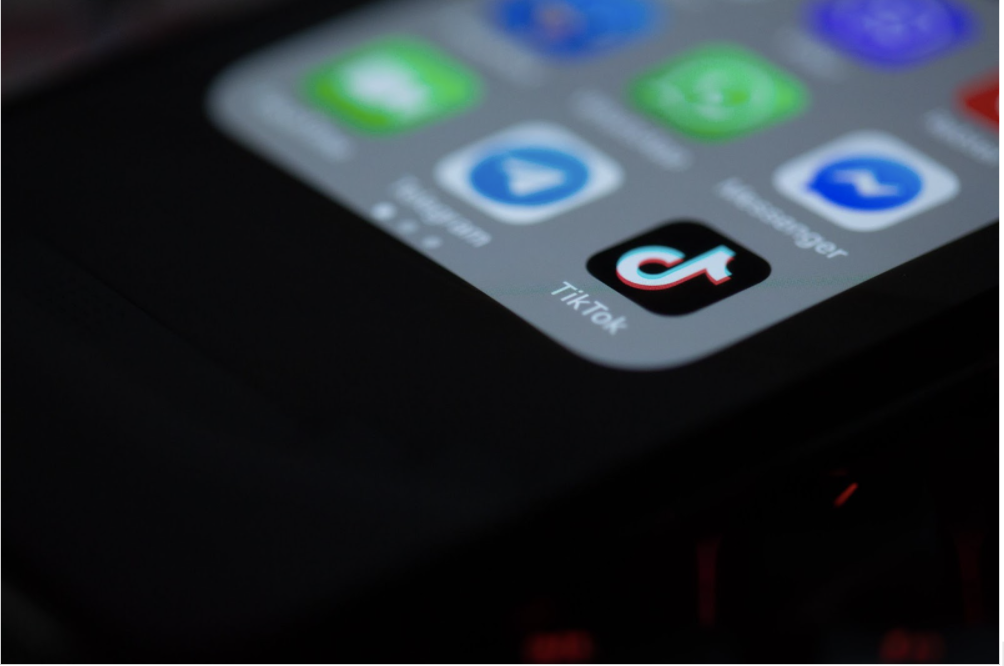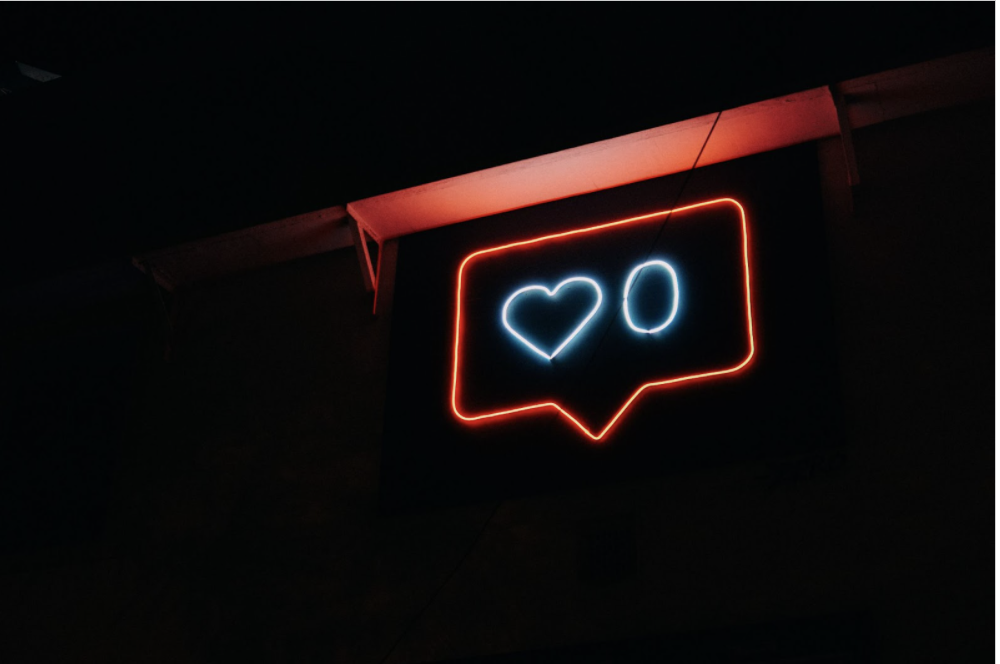Aimlessly scrolling through TikTok for 2 hours passes by without us even realizing. On the contrary, watching a 2-hour movie on a weeknight seems like such a huge commitment. We could have done so many other things in those 2 hours rather than sit down on our couch and watch it.
Why is that? It involves the same activity: sitting down looking at a screen.

If you are like me (and every other Gen Z or Millenial) with your screen time averaging 4-6 hours everyday, you don’t even know where all this time went. Shockingly enough, people in their teens spend an even longer time on their phone, even 9 hours a day. Watching 4-5 movies in a day seems crazy on the other hand, which is the same in terms of time spent.
DISTORTION OF OUR SENSE OF TIME
Fast content is defined as content that catches our attention within the first 3 seconds of viewing it. Even in milliseconds, our brains can understand if we will enjoy the fast content or if we should just scroll up and skip it. As catchy as the 20th Century Fox’s intro is, the format of Tiktok is just more powerful.
Looking at content consumption from an economic point of view, a short 15-second video could be regarded as consumption of one unit. Consumption is all about utility so it could look as if we are gaining more utility – at least in the short term – from ‘more consumption’. Compared to the only one movie that we can consume in 2 hours, the hundreds of short videos based on an algorithm that only becomes more and more personalized the more time we spend using the app poses potential for much higher utility.
FLUIDITY OF TIME
The accessibility and presentation of such incredibly short content, packed with information (regardless whether it’s useless or insightful) can disturb our internal clock. Due to the nature of content – fast and short – we tend to feel that only an insignificant amount of time is taken up by undertaking this type of consumption. Thus, we end up finding ourselves in a content spiral we seem to face difficulty escaping.

The friction of stopping becomes greater than the friction of continuing. People will always choose the path of least resistance. Even physically, skipping a Tiktok takes less effort and a smaller movement than exiting the app and getting off our phones.
Especially compared to movies, getting all the snacks and the popcorn ready as well as spending a ridiculously long amount of time deciding what movie to watch has a lot more friction involved than opening an app and immediately being presented with personalized content that suits perfectly our tastes and preferences.
CONNECTIVITY TO THE REAL WORLD
Social media has to do with real people we most likely have met in real life or have interacted with in one way or another. However, movies are fictional, creating an invisible barrier between us and it. Looking at stories or posts of people in their everyday life is something we can easily mimic, get inspired from, or relate to. The idea that social media is made up of real life, whilst movies are something staged, more unreachable, and imaginative could detach us from movies and further draw us back into the black hole of social media. This makes it even harder to escape and reflect on its harmful realities. Despite everyone acknowledging that social media is fake and only displays our best moments, as if our life is continuously perfect and picturesque, we still get trapped into thinking that it’s real because the people in it are not merely characters, but real human beings.

On top of this, social media allows simultaneous communication that can only be done online and not in real life. Online communication is practically limitless, while in real life we can only truly pay attention to a very limited amount of people only at a specified period of time. Online, we have the freedom of communicating with people at all times of the day.
This form of social multitasking can also be misinterpreted as increased productivity, again based mostly on quantitative elements rather than the quality of the interactions we have with other people.Face to face interactions where we can read body-language and tone surely help us understand each other better than edited videos and filters.
Social media can hinder our expectations of real life and our time-space perception, causing us to be trapped in a vicious cycle of looking at people doing productive things. We can find ourselves lazily lying down on our beds watching them, feeling guilty about the fact that we are not in their position, rather than getting up and actually living that life we envy. Unrealistic expectations of a productive day may be traced to the infinite opportunities presented to us online, perpetuating an inescapable continuous connectedness.
Leave a Reply